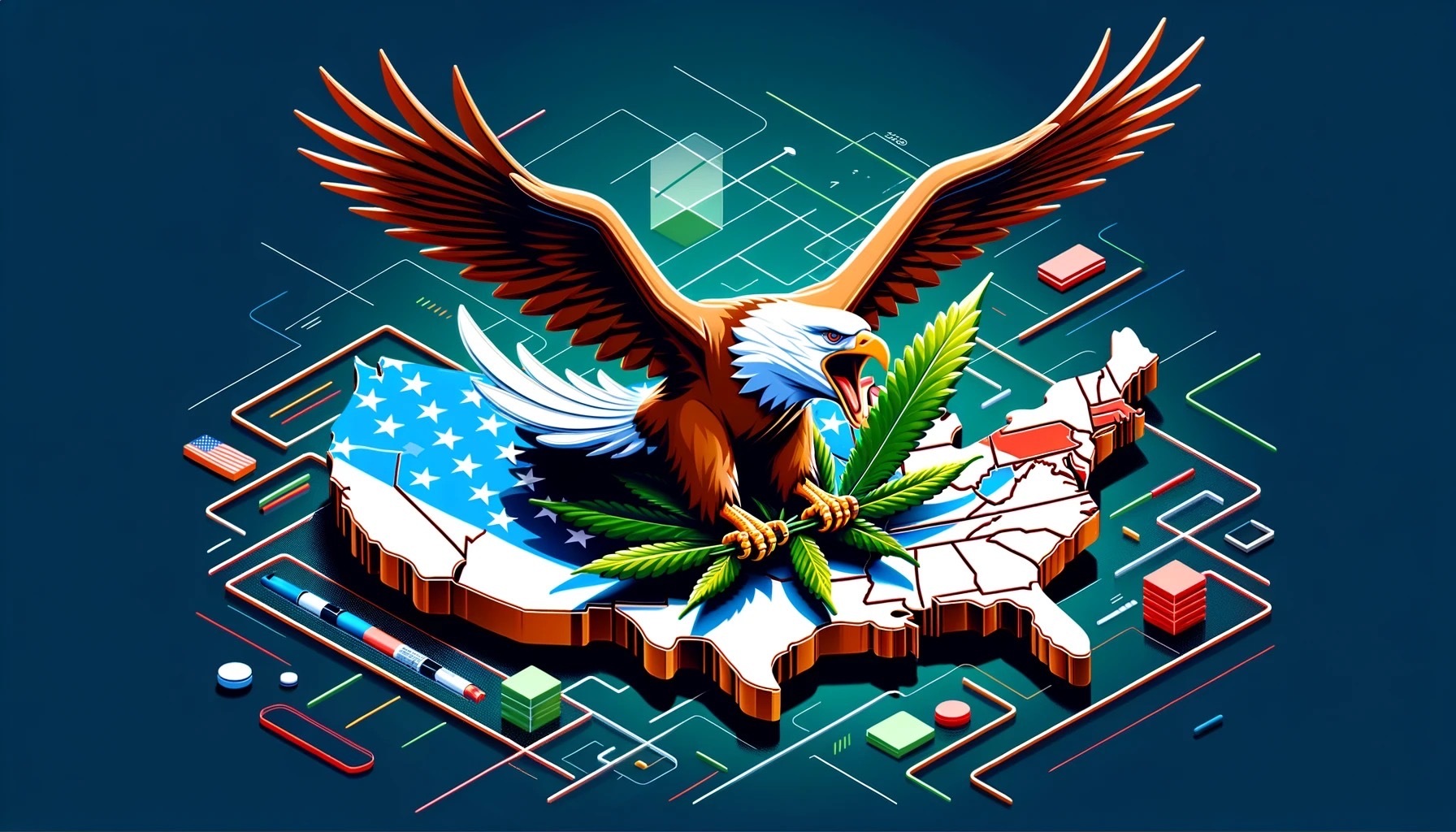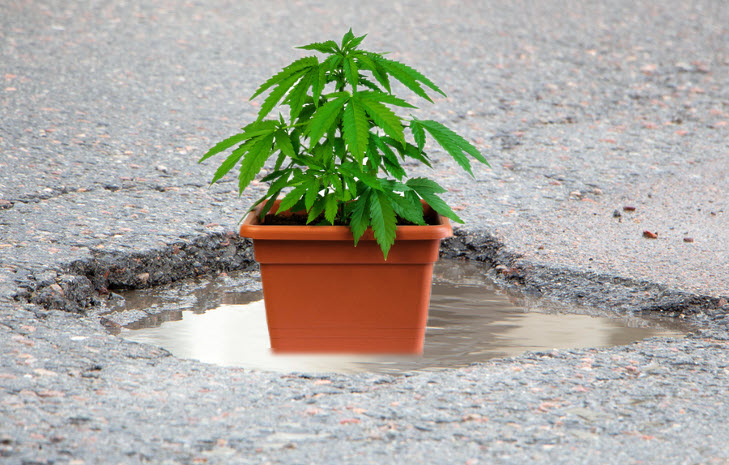Montanans: It’s time to activate to protect your access to legal cannabis from being given away by Montana politicians to drug cartels.
Several new bills require you to raise your voice with your lawmakers, and let them know you oppose repealing the cannabis legalization that a 62% majority of Montana voters approved.
Follow this link to sign up for email notifications and tell state lawmakers ‘don’t tread on my cannabis rights.’ Share it widely.
There are nearly 100,000 cannabis consumers in Montana—it’s high time lawmakers thought twice about infringing on their rights.
What’s going on with Montana legalization repeal in 2025?
Each year, Republican lawmakers try a host of measures to give the legal industry away to illicit market dealers including drug cartels. This year, the new bills include:
Capping THC in any product at 15%
Cannabis flower regularly tests above 20%. Virtually every extract and vape would be banned. The bill—Senate Bill 443—might as well have been written by illegal vape peddlers who sell untested poison to children. Email your lawmaker with the subject headline ‘Oppose SB 443.’ In the body text, state that you are a voter in their district. Calls and texts are even better.
Virtually every extract and vape would be banned.
A government watch list of stoners
A different bill—SB255—would charge each recreational smoker $200 and make them register with the state. Very Orwellian. Email your lawmaker with the subject headline ‘Oppose SB 255.’ In the email body, state that you are a voter in their district. Calls and texts are even better.
Shop highly rated dispensaries near you
Showing you dispensaries near
When should I speak up on Montana’s repeal of legalization?
The time is now.
‘Political giveaway to cartels’ bill hearing is February 27
The 15% THC potency cap bill that gives the legal industry to the cartels—SB443—has just come out and will go to a committee hearing first. The first committee hearing is one of the best places to nip it in the bud. Email these members of the Business Labor and Economic Affairs committee.
‘Watch list for stoners’ bill gets hearing is also on February 27
The ‘government watch list of stoners’ bill—SB255—also just came out, and heads to a committee hearing on February 27. Flipping just a couple of committee members can kill this bill for this year. Email these members of the Business Labor and Economic Affairs committee.
Who is trying to trample on cannabis consumers’ rights in Montana?
A small cadre of Republican lawmakers opposed the 62% majority of Montanans that approved cannabis legalization. The list includes: the 25 co-sponsors on the drug cartel gift bill SB443.
The ‘stoner watch list’ bill SB255 comes solely from state senator Greg Hertz. Sen. Hertz took political contributions from police and alcohol groups in 2024.
Why are lawmakers subverting the people’s will?
Because some politicians think they know better than the 62% of Montanans that approved legalization. Even though they are ‘small government’ ‘personal freedom and responsibility’ Republicans—they’ve set aside those values. Some take money from police lobbies. Others take money from supporters of big government ‘nanny state’ paternalism.
Why are Montana Republicans writing bills to benefit illicit drug dealers including drug cartels?
Because they either don’t know or don’t care that restricting lawful access to taxed and regulated cannabis turns the industry over to street dealers that don’t test and don’t card. They believe America is better off with prohibition and the war on marijuana.
Can Montana voters win this year?
Sure. Montana voters, activists, and industry have already defeated one bad bill to limit free speech in the cannabis trade. House Bill 331 tried to gag cannabis operators from talking about marijuana in public. Lawmakers abandoned HB331 on February 6. It could likely return this session, and will surely return in 2027—so supporters must stay vigilant each year for bad bills such as these.
Protecting Montana’s legalization is easier than winning legalization. All voters have to do is get their lawmaker to abstain or skip a key committee vote, and politicians love to do nothing, experts note.
So get involved! We’ve found that cannabis is a gateway to all sorts of civic engagement. Once you know exactly who your representatives are, how to reach them, and see the results—speaking your mind can become habit-forming!
Download the Leafly app, turn on notifications, and get on our email list to stay plugged in.













































